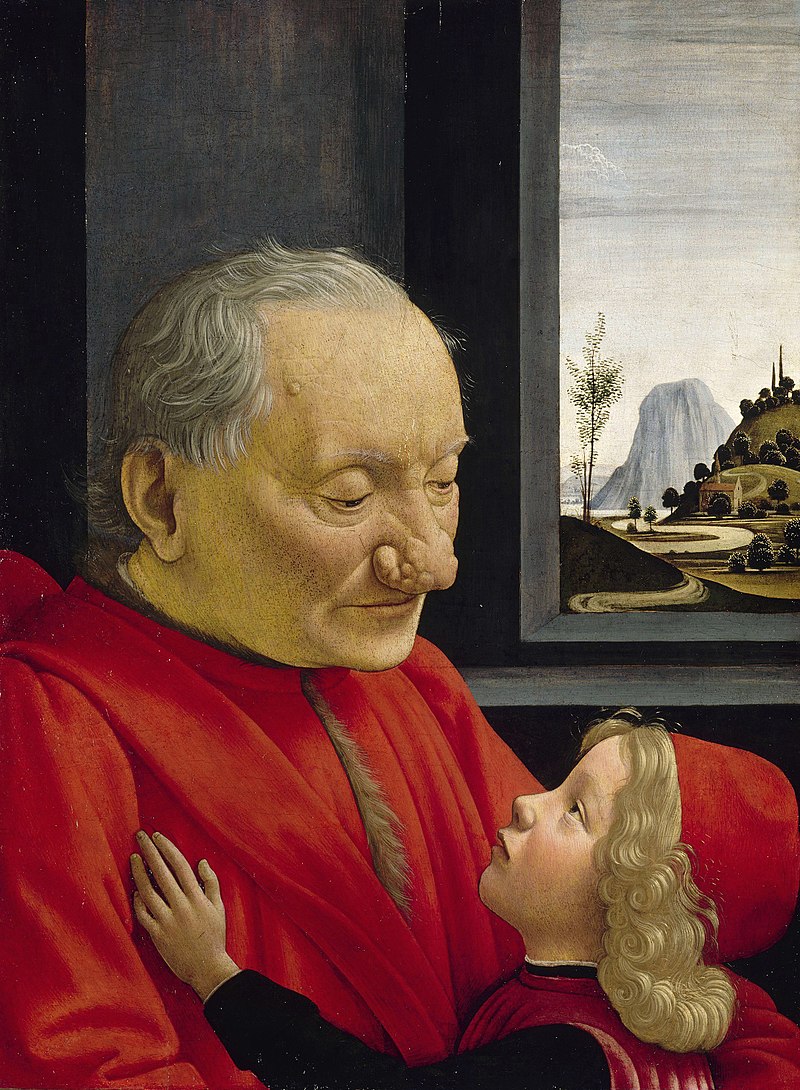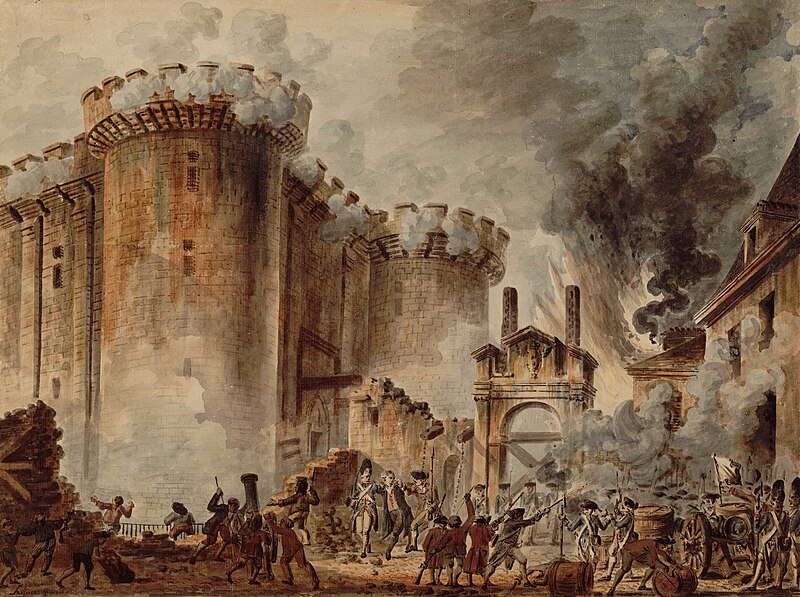When it comes to our values, morés, and patterns of
behavior, we tend to change slowly and grudgingly, but we can change. Thus, we
could learn a mode of cultural evolution that is vigorous but not militaristic.
Once we accept
the view that over generations, a maximally efficient cultural path, which our
values and morés steer us onto it, exists in time itself, we are admitting that
values are real. Our values connect us to physical reality. Thus, we must
conclude that only certain values, ones derived from our best world view —that
is, Science—will be rational choices to guide humanity to greater health and
vigor in the future. We all must live and survive in this same physical
universe. It is only reasonable for us to seek out and follow the values that
we can see will give us the best odds of surviving over the long haul.
The courage-wisdom meme complex, along with the behavior
patterns it entails, is the human response to entropy; the love-freedom meme
complex is our long-term response to quantum uncertainty. The optimal balance
of them all is called virtue or the Tao. It is always subtly shifting
its path. Especially in these nuclear-armed, climate-threatened times, we must see
those shifts and respond wisely. Or die.

Statue of Lao Tzu (credit: Thanato, via Wikimedia Commons)
The Tao Te Ching says: “The Tao that can be spoken
is not the Tao.” Lao Tsu was telling his disciples never to become confident
that they have life figured out and can now become complacent about their
capacity to handle life’s events; complacency is the harbinger of disaster. The
way of all ways, the Tao, is always shifting. To live—as individuals, but far
more importantly as nations—we must stay resourceful, alert, nimble, and sharp while remaining true to our largest values, the ones that we can see fit reality. A fine balance. The Tao.
Our most general values are not tied to how we fish or cut our hair or dress or make bread or talk. They are far more general, that is, more abstract than that. But they are found in all cultures in varying degrees, combinations, and styles because they work. They are our tested, tried, and true best guides to where the shifting path of long-term survival lies.
Notes
1. “Convergent Evolution,” Wikipedia, the Free Encyclopedia. Accessed April 30, 2015. http://en.wikipedia.org/wiki/Convergent_evolution.
2. Richard Dawkins, “Selfish Genes and
Selfish Memes,” in Douglas R. Hofstadter and Daniel C. Dennett, The Mind’s I: Fantasies and Reflections on
Self and Soul (New York, NY: Basic Books, 1981), pp. 123–144.
3. Alasdair MacIntyre, After Virtue (London, UK: Bloomsbury
Academic, 2013), p. 78.






















